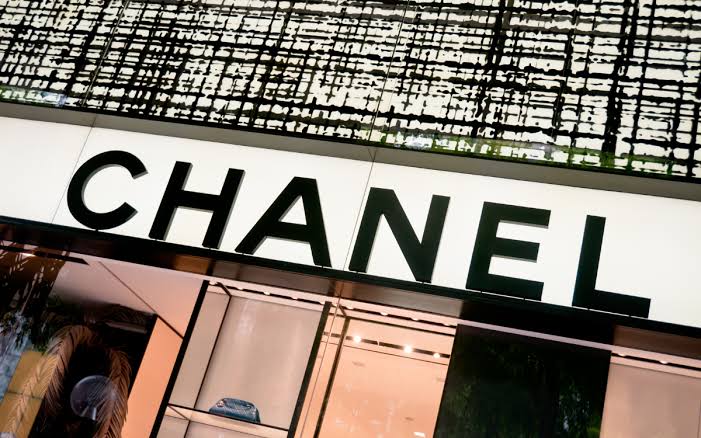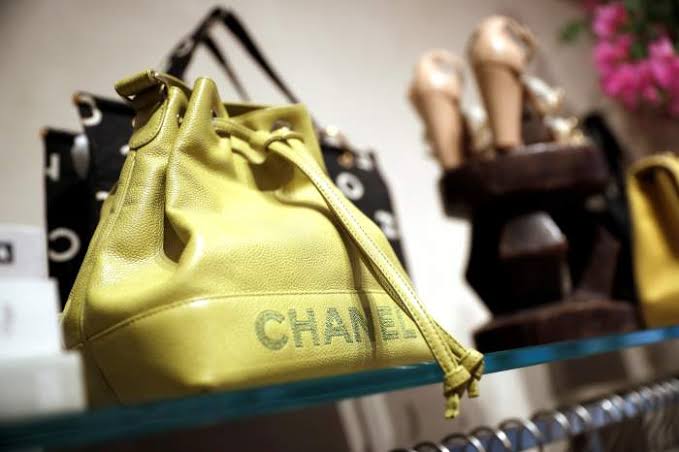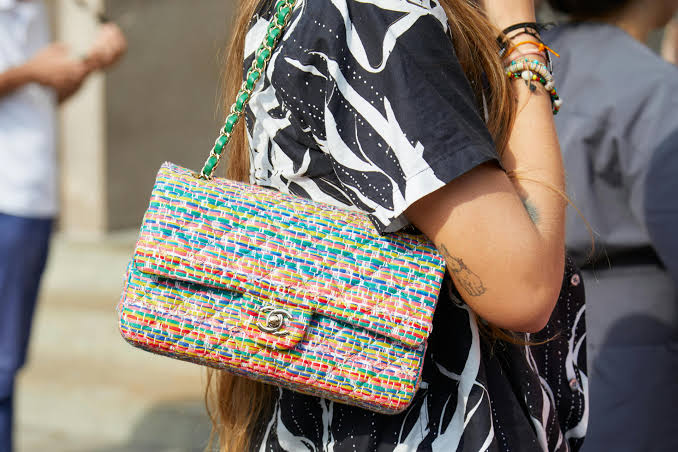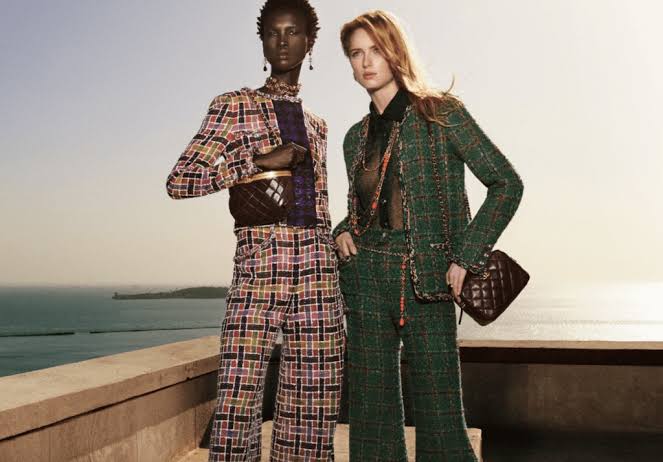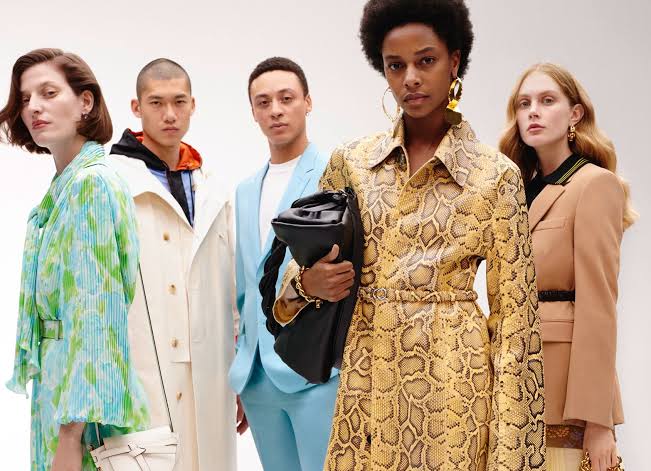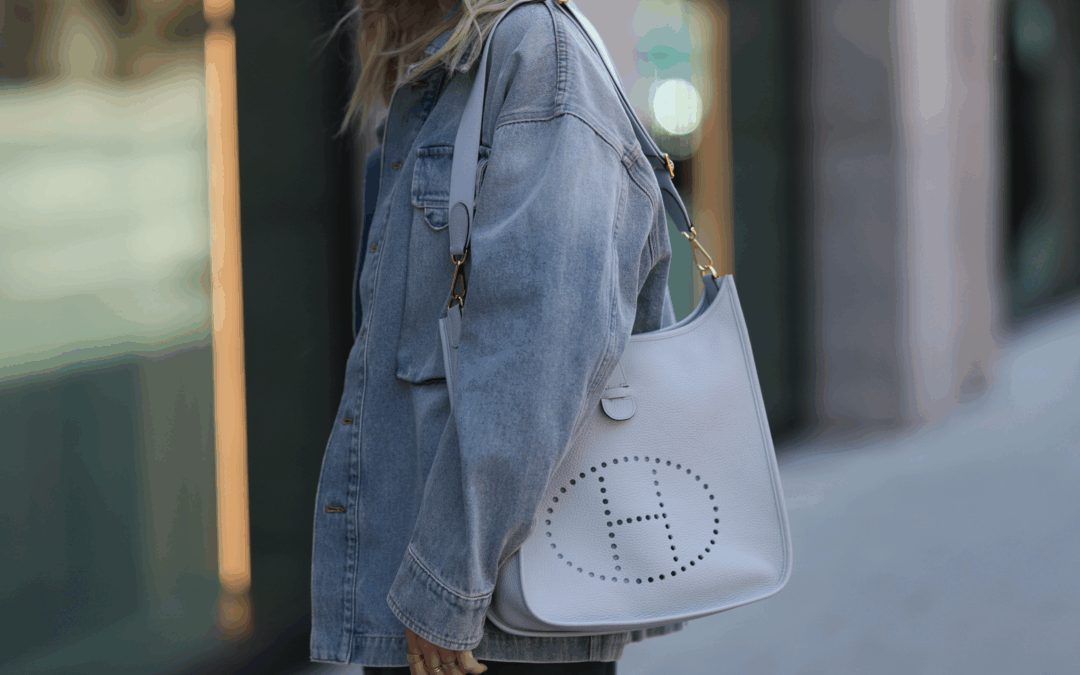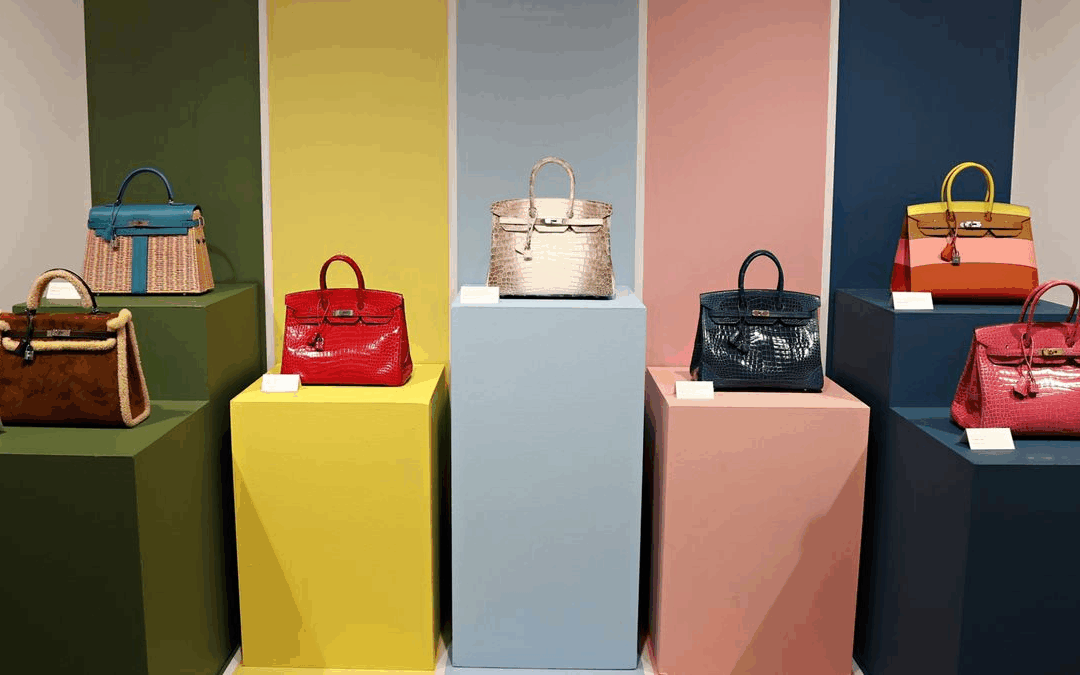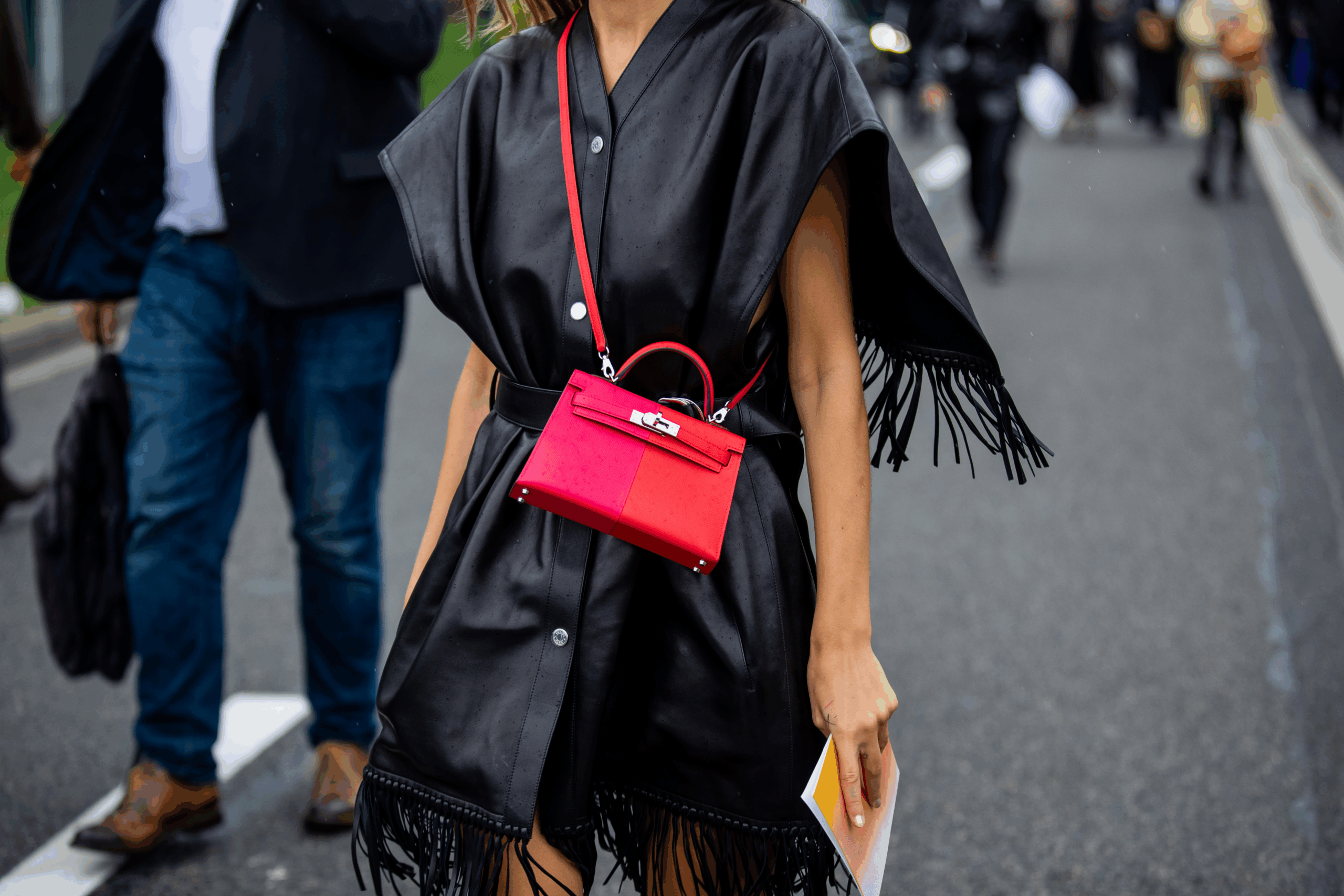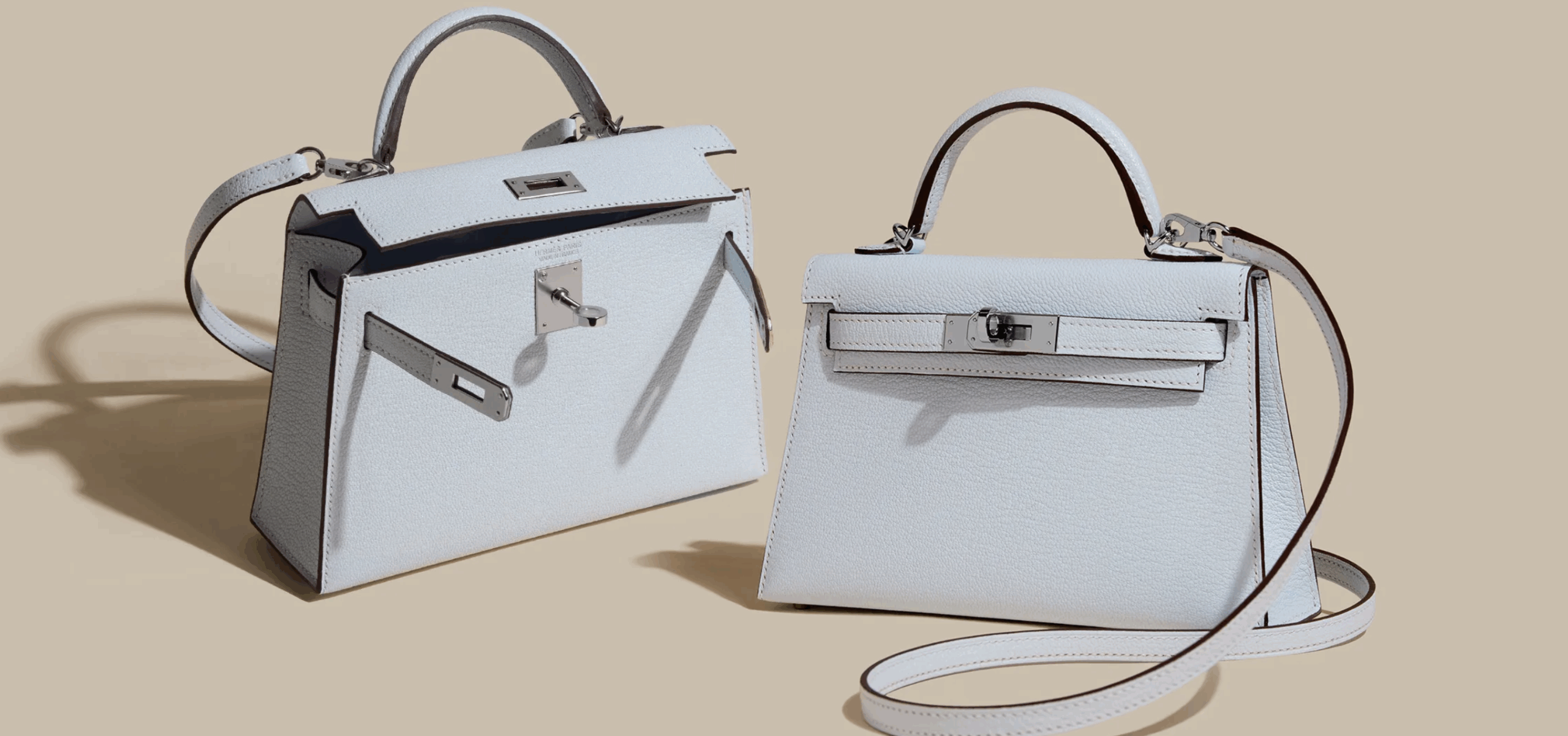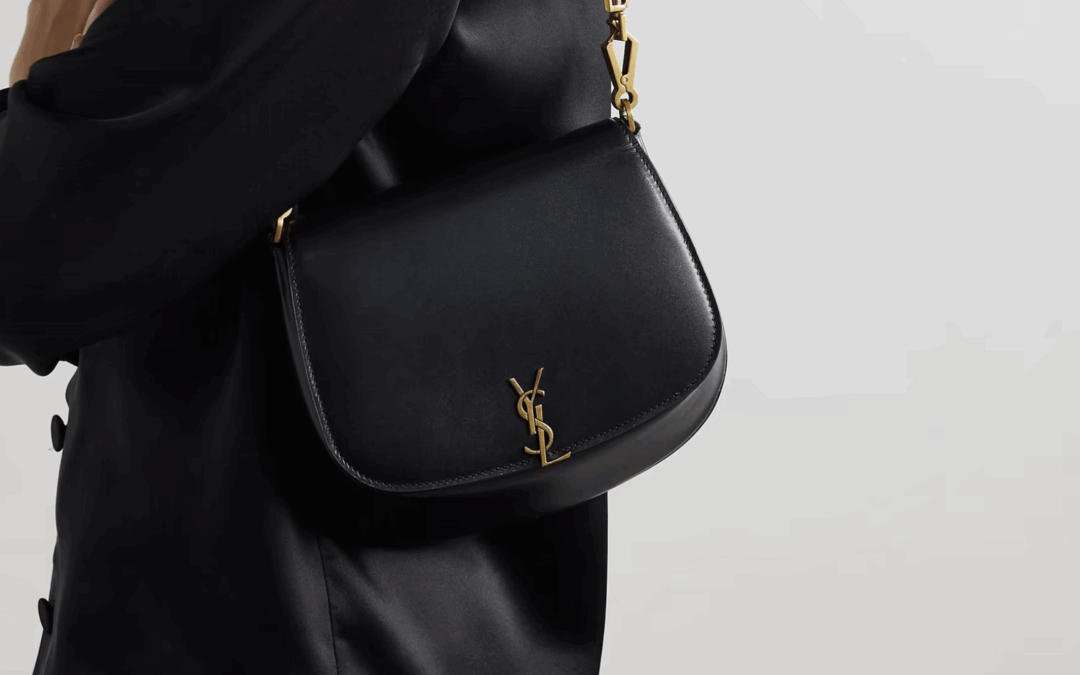
The Drama of Discipline — Buying the YSL Voltaire in Box with Zero Regrets
Luxury never lingers. It just pops.
“Pop-Up.” Quick, catchy, a little bit chaotic. But behind the whimsy lies a well-oiled machine: branded temples disguised as temporary fun, where fashion, art, and marketing blur into one glossy hallucination.The Drama of Discipline — Buying the YSL Voltaire in Box with Zero Regrets
by Thea Elle | August 18, 2025 | Luxury Bags
Enter the YSL Voltaire in Box: a handbag that whispers “French minimalism” while charging rent-level prices to store fewer items than your jacket pocket. Its curved, high-gloss Box leather body looks like something rescued from a design museum, ideally admired by curators in all-black outfits who never raise their voices. This bag is sleek, sculptural, and unapologetically smug about being the kind of purchase you’ll defend with “cost-per-wear” logic—even though your wardrobe already houses a small army of similar black bags.
In keeping with SAINT LAURENT’s architectural sensibility, the Voltaire in Box isn’t built for storage—it’s built for aura. Paired with a dramatic coat and a look that says you have opinions on Enlightenment philosophy (despite never cracking open the book), it delivers the kind of quiet luxury that measures restraint not in discipline, but in cubic inches.

Voltaire Would Probably Roll His Eyes
The YSL Voltaire in Box doesn’t descend from forgotten couture sketches but from SAINT LAURENT’s obsession with making everything sleek enough for a moody French film still. While the name references a philosopher who championed rational thought, the bag itself is irrational in all the best ways: small, shiny, and absurdly expensive for something that fits little more than your ego.
Rendered in high-gloss Box leather, it’s equal parts accessory and art installation. The structure is rigid, the shine is blinding, and the storage is laughable—but none of that matters when it looks this good. It’s fashion’s little trick: slap on a name associated with genius, reduce functionality to near zero, and watch as everyone lines up to pay homage.

Where the Voltaire Belongs
The YSL Voltaire in Box was not meant for hardware store runs or standing in line at the DMV. This bag is at its best in settings dripping with pretension—cocktail parties with skyline views, exhibitions where no one understands the art, or dinners where the menu doesn’t bother listing prices. It’s the bag for people who’ve mastered the art of looking “accidentally fabulous” while rehearsing in front of a mirror.
Yes, you can wear it in the daytime, but only if your day includes brunch plates with edible flowers or a fashion show where the seats are assigned by clout. Its Box leather sheen reflects every ounce of your effort, casting you as someone who glows without trying. The vibe? Understated luxury with a side of please don’t sit too close.
Voltaire, Reimagined in Leather and Shine
The YSL Voltaire in Box wasn’t launched—it was unveiled, much like an art piece no one dares touch. Box leather gave it an immediate aura of luxury, reflecting every ounce of Parisian cool and a hint of French indifference. Its design said, “I am not here to be useful, I am here to be iconic,” and those who carried it instantly looked like they had secrets worth knowing.
It mirrors its namesake in spirit: clever, provocative, and more than a little dramatic. Saint Laurent’s trademarks—crisp lines and an air of untouchable glamour—are stitched right into its silhouette. The Box leather model, especially, is built for owners who understand that scratches aren’t flaws but memoirs in progress. It’s not a bag that ages—it evolves, like a perfectly sharpened comeback.

Voltaire: A Name With More Bite Than the Bag Holds
Luxury brands know a good name is half the battle. By christening this sleek half-moon beauty the YSL Voltaire in Box, Saint Laurent wasn’t inviting philosophical debate—it was adding a dash of Enlightenment glam. “Voltaire” has that cultured ring to it, like something you’d mention at a gallery opening while avoiding eye contact with the art.
The name frames the bag as more than just polished Box leather—it becomes a personality. Structured yet provocative, glossy yet intellectual, it’s marketed as the accessory for those who want their fashion choices to suggest they’ve read deeply… even if the reality involves bingeing subtitles on Netflix. Carrying the Voltaire means broadcasting your style is sharp, with a side of irony baked in.
Design and Materials of the YSL Voltaire in Box
The YSL Voltaire in Box manages to take simplicity and polish it into something intimidatingly glamorous. Its box calf leather is glossy enough to double as a compact mirror, yet so delicate that you’ll flinch every time it brushes against a table. Owning it requires commitment—you don’t carry this bag, you curate it.
Design-wise, it’s as disciplined as a Paris runway: a crisp rectangle, punctuated only by the refined SAINT LAURENT logo and a flap that dismisses zippers with aristocratic disdain. The interior is unapologetically tight, offering room only for the holy trinity of modern essentials: phone, wallet, and lipstick. It’s chic, it’s sharp, and it broadcasts a certain smug elegance—like you know exactly which Bordeaux pairs best with oysters.

Monogram First, Everything Else Second
If the YSL Voltaire in Box were a person, it would be the one in the corner of the party saying less but being noticed more. The hardware is pared down to the basics: a magnetic snap closure that eliminates the need for chunky fasteners, leaving the iconic monogram to shine. The YSL emblem, in polished gold or silver, isn’t just decoration—it’s the whole argument.
The leather strap, adjustable for versatility, has the same glossy finish as the bag itself, a continuity that feels intentional and slightly intimidating. You’ll love the look, but you’ll also baby it like a porcelain doll. Inside, the design is as efficient as a capsule wardrobe: compact compartments that remind you this bag is for style statements, not overpacking. In other words, it’s functionally minimalist, unapologetically chic.

Why Voltaire Still Wins
The YSL Voltaire in Box is less about holding things and more about holding attention. It represents the ultimate style gamble: functionality sacrificed on the altar of form, with glossy leather and razor-sharp lines that demand careful handling and endless admiration. Carrying it is both a privilege and a responsibility, like owning a very fashionable, very fragile pet.
This bag won’t haul your laptop, lunch, or looming existential dread. It will, however, carry your essentials with enough flair to make strangers assume you’re effortlessly put together. Whether you buy it new or as an equally refined counterpart, the Voltaire proves that sometimes impracticality is the point. If its namesake could weigh in, he’d probably quip that reason is overrated when style looks this good.
